without glue (almost !), nails, or CNC machine
The consumerist resignation of contemporary man, especially in the West, has gradually led him to totally ignored the processes behind the making of the most modest yet useful everyday objects. Rather than appreciating, let alone mastering the elaborate processes required, he has focused instead on hasty acquisition and places importance particularly on appearance.
While the development of fablabs (false places for technological accessibility) has enabled the urban dweller to produce independently, less dirtily and even with a plastic base, it is a further shortcut to gain a fraction more time in this incessant race for new knowledge. A race which is only won by industry magnates. You probably come to the fablab with many ideas, including economical goals and come out happy to have only rapidly acquired an object rather than proud and tired of having actually made it oneself.
The furniture project presented below has not been aligned on these starting blocks. I preferred to patiently discover an organic and heterogeneous material and to use it with simple processes developed by some since Antiquity. They are within reach of all and they will continue to prove their numerous qualities despite modern technology. Unlike digital methods, which I do not wholly refute, the proven and time tested techniques leave a place for both defect and the beauty of the gesture.
This stool should be viewed as a manifesto. It is somewhat naive yet created in the language of cabinetmaking, closely allied to architectural principles and endowed with a strong social context. Its appearance, its comfort, its use and its very composition have largely been decided upon to cause – effect relationships.
All these choices whether conceptual or practical have been determined in particular by the preferred use of joints requiring no glue or hardware devices. Most of these techniques have been borrowed from traditional Japanese carpentry. As with the Japanese temples, each piece can be disassembled and replaced as and when needed. The geometry of these systems has undergone my slight interpretation, but above all, miniaturization in order to bring them back to the scale of furniture. I do not set out to solely make an aesthetically pleasing object but the ingenuity of these various methods of joinery reveal a certain beauty to the benefit of the whole.
While it may seem an anachronistic absurdity and its political significance merely slight, the most one could say in its disfavour would be that the intelligible demonstration which leads this project particularly in regard to its small volume scale and its real dynamic constraints. Nevertheless, I remain absolutely convinced that this period of study and affirmation will be of great benefit to me in the exercise of my art/craft/profession.
In the event that this perspective were different I could still define this project as an act of rebellion or pass it off as a fake piece of art praising the mechanics of a bygone age rather than an avant-garde aesthetic.
This presentation relates a curve of reflexion and intends to reveal the hidden details of the object rather than be a sales pitch or to promote dexterity gained : it is rather to develop a long period of personal research without constraints either of production or creation. I consider myself above all to be an assembler of ideas. I attempt to take advantage of the teaching received, the advice of other artists, craftspeople, laborers as well as the knowledge and guidance gathered from reading numerous books and publications.
The full development of my work is presented via this Website :
https://www.atelier-des-steppes.be/-stephane-thonnard-
A video explaining the conception can be viewed there, or on this page :
https://youtu.be/1zZ7KmL7Uec
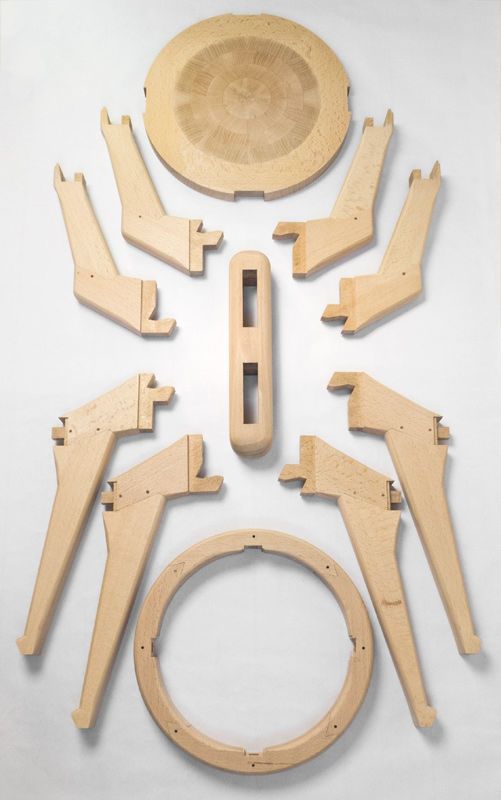
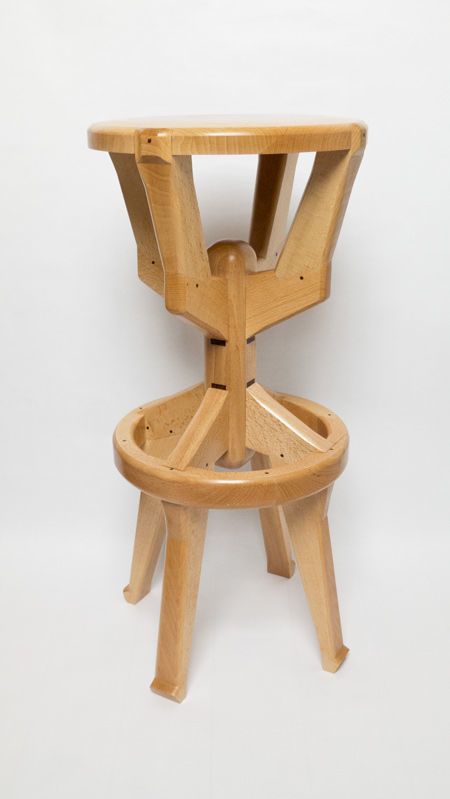
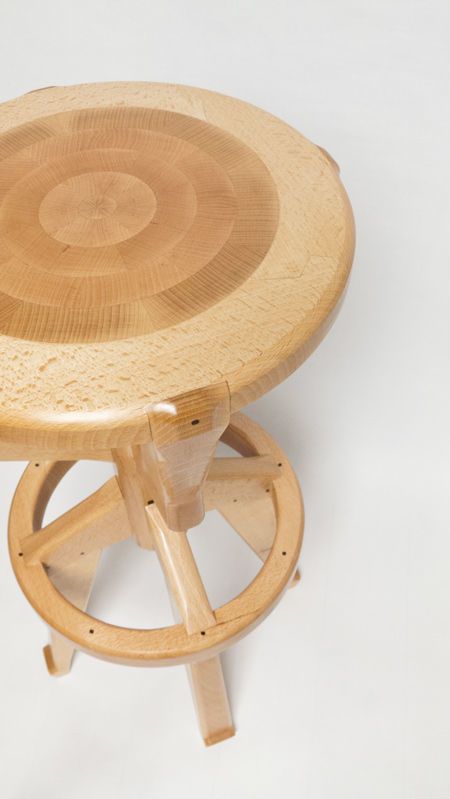
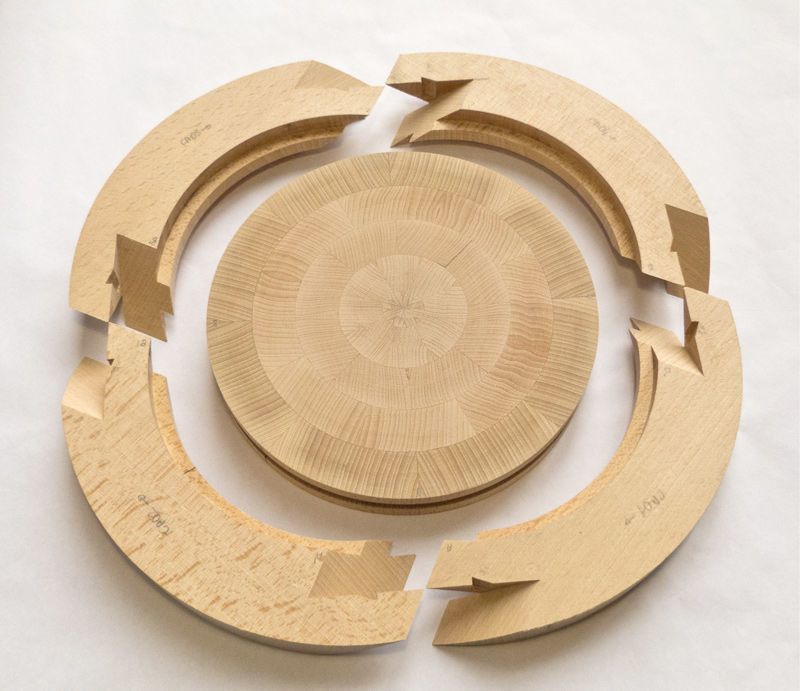
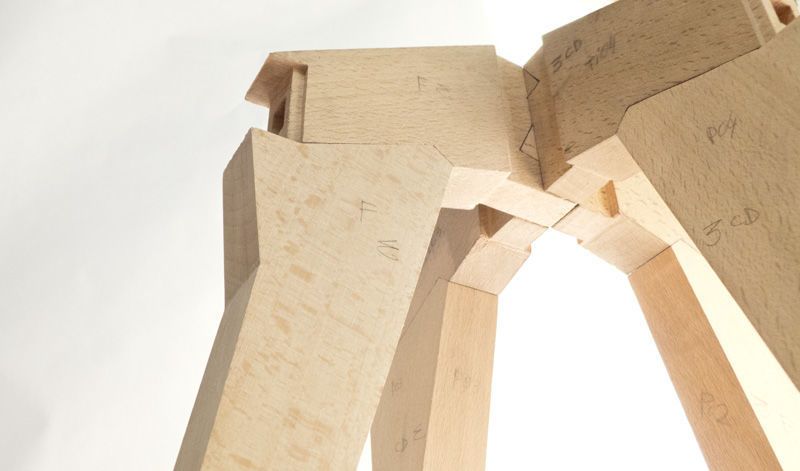
















Log in or create an account to post a comment.
Sign up Log in